If you think the Earth is a well-trodden marble, thoroughly cataloged and Instagrammed? Think again. Despite our relentless pursuit to conquer every peak and delve into every abyss, there remain untouched sanctuaries on this planet, cradling the untouched tapestry of nature’s raw artistry. Picture it: places so pristine, so unblemished by human interference, they almost feel mythical. Let’s embark on a mental journey to these elusive locales that are as real as they are out-of-reach—perhaps for the better.
1. Greenland’s Unnamed Fjords
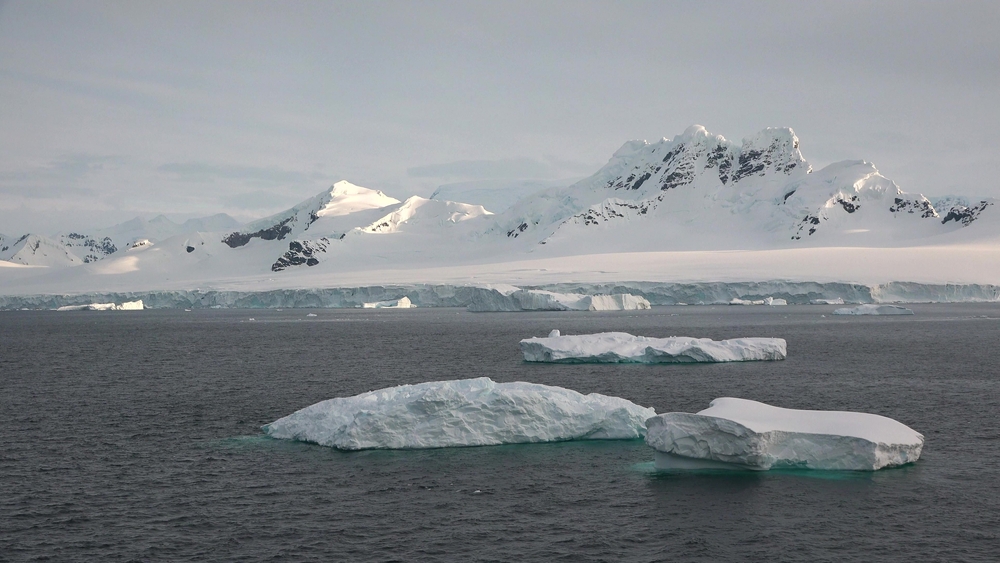
Greenland is not just a backdrop to your Instagram wanderlust. This icy behemoth holds secrets in its unnamed fjords, vast stretches of rugged coastline that remain tantalizingly untouched. They are the unsung verses in a poem of ice and rock, where no explorer has yet planted a flag. Why? Because these fjords are shielded by a battalion of forbidding ice sheets and relentless weather, making them nearly impossible to access.
A study by glaciologist Jason Box suggests that parts of Greenland’s coastline are changing faster than we can map them. Essentially, the landscape shifts with the whim of melting glaciers and sea ice, crafting and erasing potential pathways. Nature here is a relentless artist, sculpting and obliterating with equal vigor. So, while we recalibrate our maps, these expanses remain nature’s private gallery, untouched and unclaimed.
2. The Star Mountains, Papua New Guinea
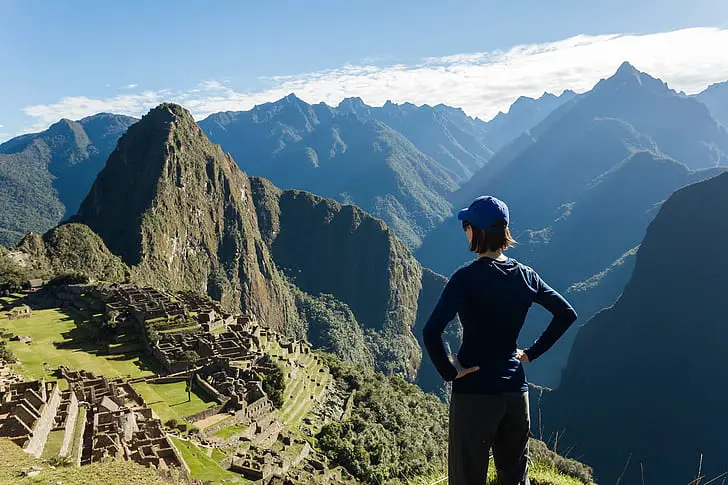
The Star Mountains sound like something out of a fantasy novel, and you’d be forgiven for thinking they are a figment of imagination. Rising imposingly in Papua New Guinea, these peaks are part of a mountain range so remote, it might as well be on another planet. The dense, often impenetrable jungles cloak secrets that the modern world hasn’t yet deciphered. Each misty peak holds the allure of the unknown, a call to adventurers who dare not tread.
Arduous treks and treacherous climbs aside, the Star Mountains are a different kind of wilderness—a place where ancient cultural beliefs meld seamlessly with the natural world. The indigenous tribes speak of these mountains with reverence, as realms of spirits and untouched wonders. Yet, their reverence acts as a powerful deterrent against the invasion of explorers. So, the Star Mountains remain a mystery, a testament to the raw elegance of uncharted territories.
3. The Gangkhar Puensum, Bhutan
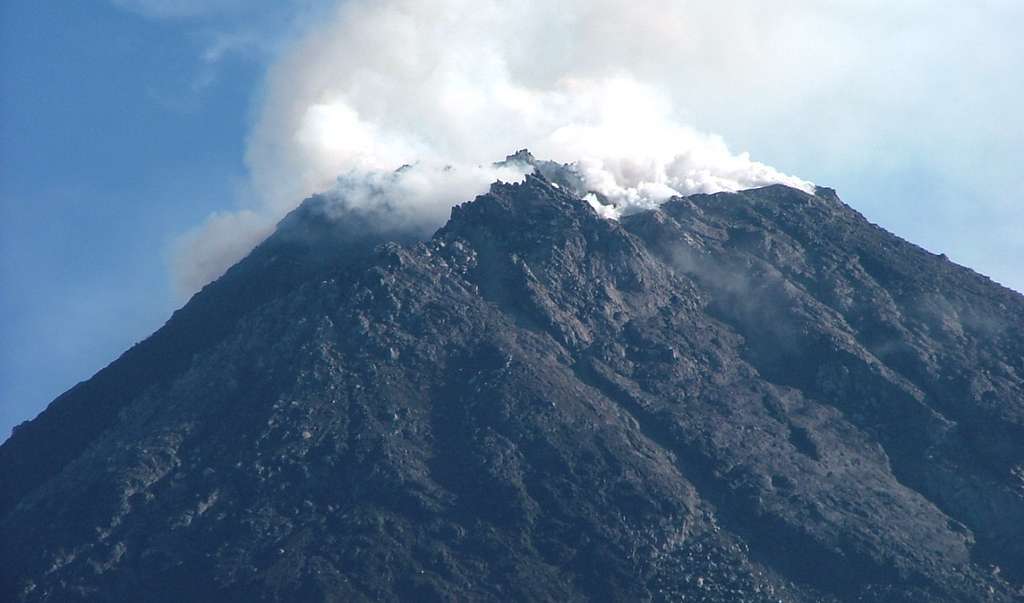
Picture this: the tallest unclimbed mountain in the world stands proudly in Bhutan, shrouded in mystery and divine reverence. Gangkhar Puensum, whose name translates to “White Peak of the Three Spiritual Brothers,” is a spectacle of unscaled beauty. It’s not just altitude that makes it untouched, but also the cultural and spiritual significance that protects it. Bhutanese law prohibits climbing this sacred peak, preserving its sanctity and further cementing its status as an unspoiled entity.
Geographer John Vincent Bellezza, in his extensive research, indicates that the mountain’s untouched status reflects Bhutan’s commitment to spiritual and natural conservation. By honoring the ancient traditions and respecting the spiritual narratives, the Bhutanese have kept the mountain beyond the reach of modernity. This is not just a geographical landmark; it’s a living testament to a culture that values the celestial over the commercial. And so, the peak remains an ethereal, undiscovered realm.
4. The Namib Desert’s Sand Dunes
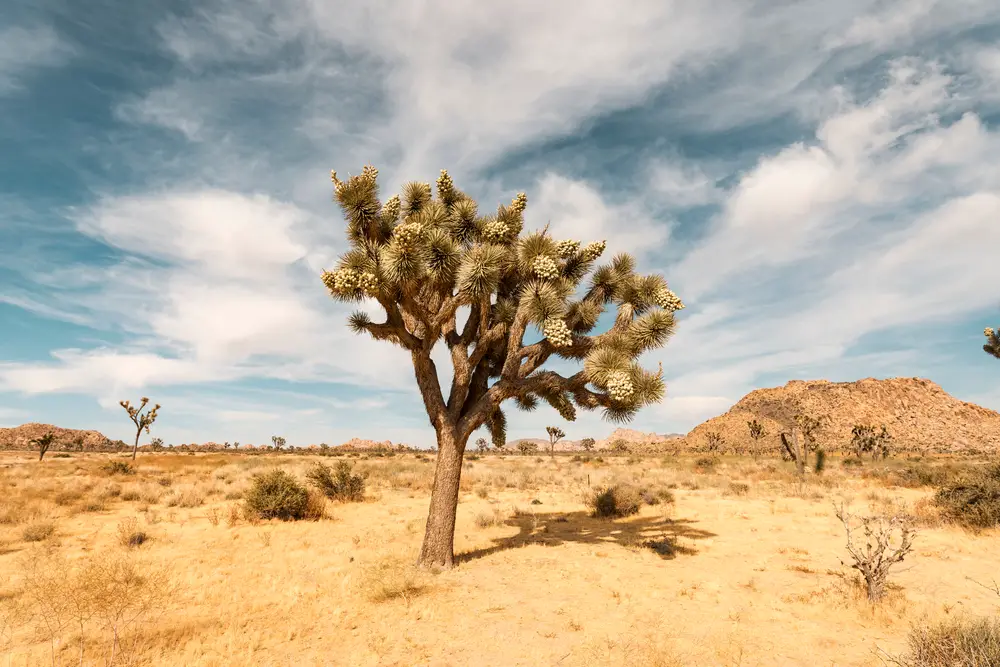
The Namib Desert is an endless canvas of rolling dunes, each grain of sand whispering stories of time and solitude. Despite its stark beauty and accessibility compared to other places on this list, parts of the Namib remain untouched by human footprints. These are not just any stretches of sand; they are dynamic sculptures, constantly shifting under the caress of the wind, erasing any evidence of intrusion almost as soon as it occurs.
In these untouched corners, you can almost hear the desert breathe, a slow and deliberate exhalation of ancient air. It’s a place where silence is as tangible as the sand, and the horizon stretches endlessly with no human interference to break the view. The Namib holds an unapologetic rawness, a reminder of the Earth’s ancient pulse, untouched and untamed. It’s both a visual and emotional cleanse, a rare space where you can lose and find yourself simultaneously.
5. The Mariana Trench, Pacific Ocean
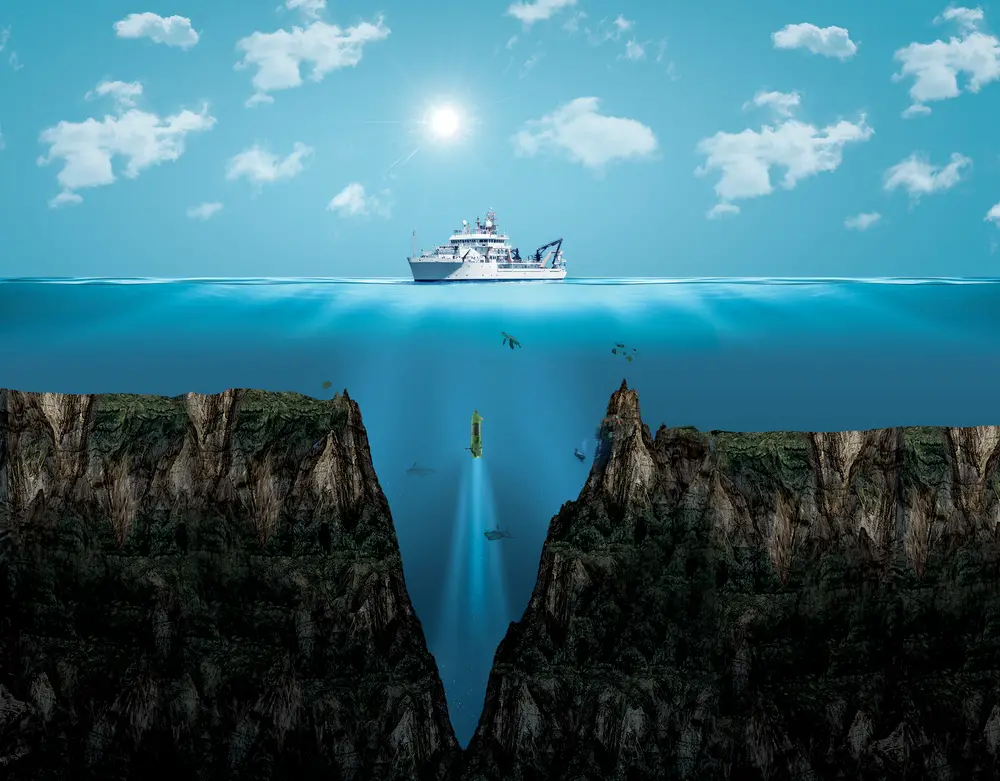
Now, let’s pivot from peaks to the deepest of depths—the Mariana Trench. It plunges into the ocean floor, a mysterious chasm that is as daunting as it is fascinating. Despite our advances in technology, the trench remains largely unexplored, a shadowy underworld where the rules of the surface do not apply. It’s a capsule of Earth’s most enigmatic mysteries, untouched by human presence, save for a few daring expeditions.
Dr. Kathryn D. Sullivan, a prominent oceanographer, emphasizes that the trench is a biological frontier, housing life forms that defy our understanding of biology. It’s a scientific wonderland, a place where the laws of nature are rewritten by creatures that thrive under unimaginable pressure and darkness. The trench is a silent keeper of secrets, a testament to the oceans’ unyielding hold on their mysteries. As we peer into its depths, we are reminded of the vastness of what we do not know.
6. The Northern Patagonian Ice Field, Chile
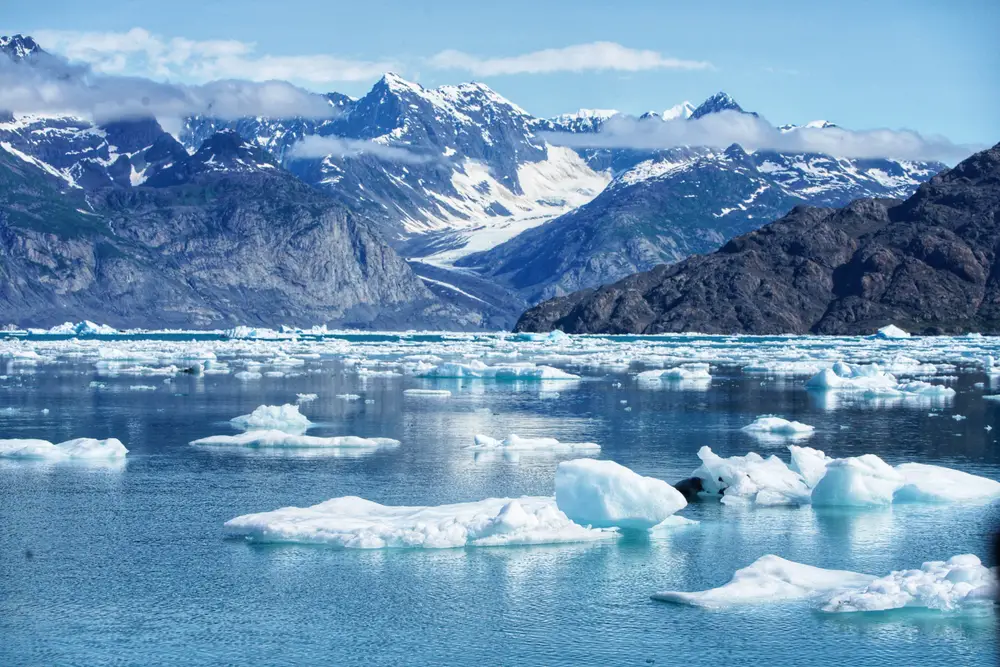
Chile’s Northern Patagonian Ice Field is like a pristine, otherworldly expanse trapped in a time capsule. Stretching over an area that’s difficult to fathom, it is a labyrinth of glaciers, peaks, and frigid winds that no human has dared to conquer entirely. While adventurers have danced on its periphery, the heart of the ice field remains untouched. Its center is a fortress of solitude, guarded by nature’s harshest elements.
Every creaking glacier and whispering wind tells tales of an ancient world, one that’s been preserved in icy splendor. The ice field is a testament to nature’s might, a reminder that some places are meant to exist without human interference. Here, time stands still, and the ice sings its own cold, haunting melody. It’s a place where nature holds all the cards, and humanity is but a distant observer.
7. The Tepui Mountains, Venezuela
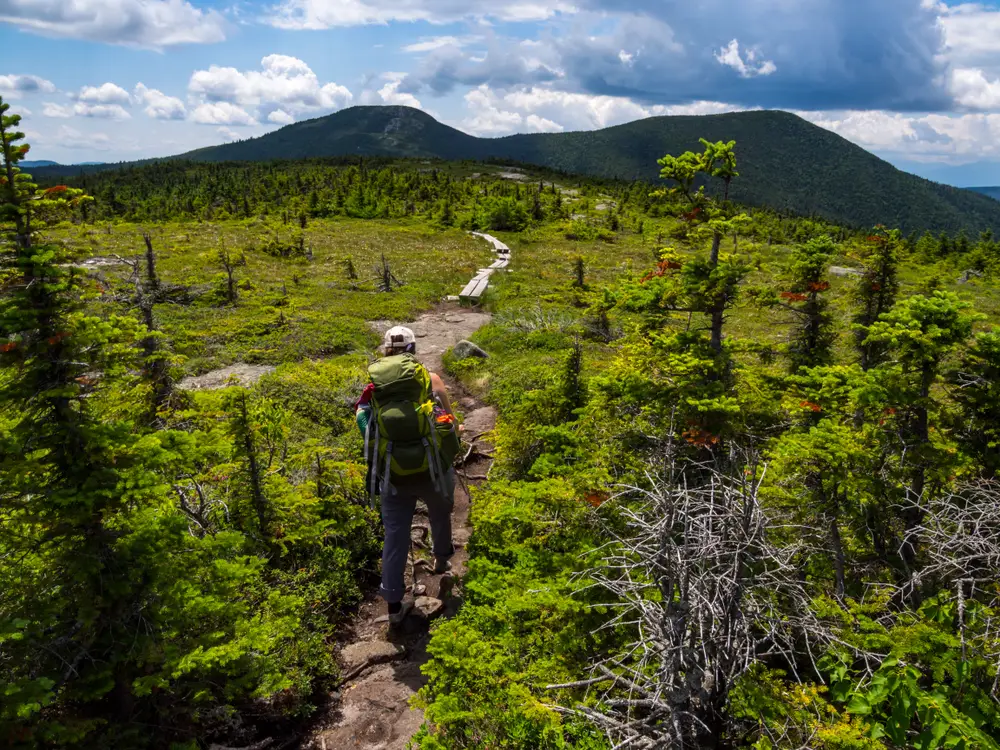
Venezuela’s Tepui Mountains rise like ancient sentinels, shrouded in mist and mystery. These flat-topped formations are relics of a prehistoric time and are mostly inaccessible due to their steep, sheer cliffs. While some adventurous souls have scaled a few, others remain untouched, towering monuments to nature’s architectural prowess. To approach a Tepui is to confront the sublime, an encounter with Earth’s imagination sculpted in stone.
Professor Charles Brewer-Carías, a noted explorer and researcher, has remarked that each Tepui is a biological island, harboring unique ecosystems not found anywhere else. These isolated worlds are cradles of evolution, where nature has been allowed to experiment unchecked by external forces. The Tepuis stand as timeless guardians of these isolated ecosystems, untouched and retaining an air of both imminent discovery and eternal mystery. They whisper of the world as it once was, unchanged and utterly compelling.
8. The Sakha Republic’s Permafrost, Russia

Venture into the frosty embrace of the Sakha Republic in Russia, and you’ll find a landscape that defies exploration. This is a realm of permafrost, where the earth remains locked in ice, guarding secrets and stories of millennia. While explorers have skirted its fringes, the innermost regions remain untouched. It is both a geographic and a cultural time capsule, holding remnants of the past and a climate that challenges the present.
The permafrost is harsh and unyielding, a testament to the resilience of nature in its most extreme form. It is a place where the land’s icy grip preserves the past, a frozen archive just waiting to be decoded. But for now, it remains untouched, a stark reminder of nature’s dominion. The Sakha Republic stands as a fiercely independent entity, a space untouched by human ambition and steadfastly staring into the icy void.
9. The Arctic’s Under-Ice Mountains
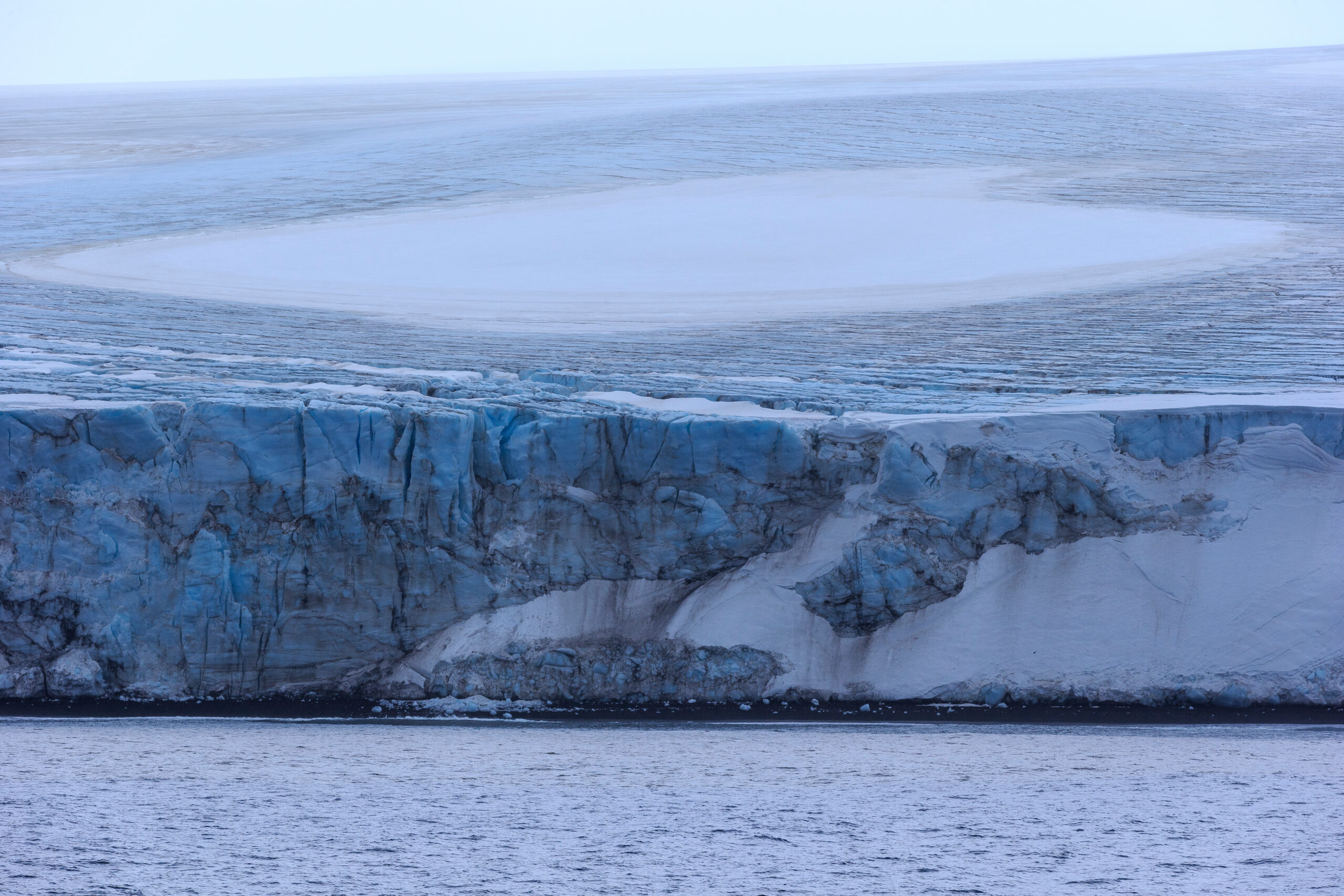
Beneath the Arctic’s icy shell lies a hidden wonder of underwater mountains, vast and mysterious. These submerged peaks remain largely unexplored, shielded by an impenetrable layer of ice and the frigid depths of the Arctic Ocean. It’s a secret topography, a landscape shaped by forces we can barely comprehend. To imagine these under-ice mountains is to accept the challenge of nature’s complexity, an unfathomable frontier.
For now, the under-ice mountains dwell in silent obscurity, a testament to the unfurling drama of Earth’s geological dance. They represent the tension between human curiosity and natural barriers, a boundary yet to be breached. These mountains are the Arctic’s well-kept secret, a reminder that the planet is still full of surprises. In their icy embrace, they hold the promise of future exploration and the thrill of the unknown.
10. The Antarctic’s Phantom Coastline

Finally, journey to the end of the Earth, where Antarctica guards its phantom coastline beneath a fortress of ice. This hidden stretch of land, buried under centuries of frozen accumulation, remains untouched by human endeavor. It’s a place where the boundaries of land and ice blur, crafting a landscape that exists more in theory than in tangible reality. The Antarctic coastline beckons with a tantalizing blend of allure and inaccessibility.
Every inch of the icebound coast is a testament to nature’s power, a cathedral of cold that repels human intrusion. The ghostly coastline is a reminder of the planet’s untamed and mysterious nature, a stark contrast to the bustling world we inhabit. It exists as a blank canvas for future generations of explorers, a frontier waiting patiently for its story to be told. Until then, it remains a silent guardian of its secrets, untouched and uncharted.
